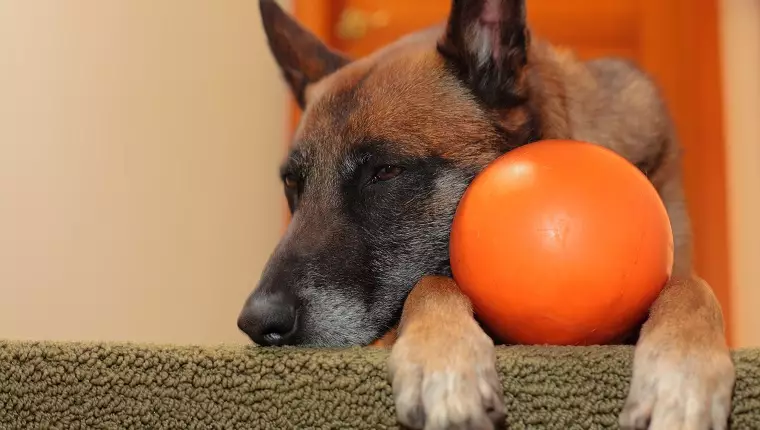As beloved companions age, the golden years often bring a visual reminder in the form of gray fur and slower movements. Despite these changes, it’s crucial for senior dogs to remain active to maintain both their physical well-being and mental stimulation. This article explores how to keep your aging pup engaged through gentle, enjoyable exercises, ensuring they remain healthy and happy well into their twilight years.
Exercise might not be the first thing that comes to mind when considering the needs of older dogs. However, regular physical activity is essential. Keeping up an exercise routine helps mitigate weight gain, reduces the likelihood of obesity-related health issues like diabetes and heart disease, and supports joint health. Senior dogs may not dash around the yard as they once did, but staying mobile is vital to their overall wellness.
Before embarking on any exercise plan, speak with your veterinarian. They can assess your dog’s health, suggest safe levels of activity, and help you tailor a plan that meets your senior dog’s specific needs. Listening closely to your dog’s cues, such as fatigue or discomfort, is critical. Always allow them ample breaks during any physical activity to prevent any undue stress on their joints or muscles.
When outdoor conditions become challenging, or the weather is unsuitable, there are various engaging indoor activities that can provide both mental and physical stimulation for your elderly pooch.
1. Puzzle Feeders: A Dual Challenge
Introducing a puzzle feeder can be an excellent way to engage your senior dog’s brain while also promoting a slower and healthier eating habit. Designed with varying levels of complexity, these feeders encourage your dog to problem-solve as they work to access their meals. Opt for softer puzzle toys that cater to your dog’s reduced strength, ensuring they do not have to exert themselves excessively.
2. Gentle Indoor Fetch
The classic game of fetch can be adapted to accommodate older dogs. Instead of a traditional fetch game in the yard, opt for indoor play with soft toys on a carpeted surface to minimize slipping injuries. Use gentle tosses within manageable distances to encourage them to move without risking injury. After a short play session, provide ample water and watch for signs of fatigue.
3. Tug-of-War: A Tailored Game
Engaging in tug-of-war can be a fantastic bonding exercise for you and your senior dog. Light tugging can yield benefits including muscle engagement and mental stimulation. Use a soft toy to minimize any potential strain on their teeth or jaws, and ensure that you adapt your play style to be much gentler than in their younger days. Allow your dog to win occasionally to boost their confidence and keep the game enjoyable.
4. Stretching Exercises for Joint Health
Incorporating gentle stretching routines can assist in maintaining your dog’s flexibility and comfort. Just like humans, dogs benefit from stretches that promote movement in their joints and muscles. Consult with a veterinary professional or a certified canine physical therapist to learn effective stretches appropriate for your dog’s condition. Gentle stretching can lead to improved mobility and support joint health, making your dog feel more relaxed and comfortable.
In addition to physical exercises, mental stimulation is equally important for your senior dog. Keeping their minds active can stave off cognitive decline.
1. Sniff-and-Seek Games
“Find it” games that involve hiding treats around the home can provide an entertaining way for your dog to engage their senses and think critically. Start by placing treats in easy-to-find locations, gradually increasing the challenge as they get the hang of it. This game not only satisfies their sense of smell but also stimulates their brain in a lighthearted manner.
2. Gentle Training Sessions
Contrary to popular belief, senior dogs can still learn new tricks. Keeping training sessions brief and less demanding can provide enrichment without overwhelming them. Simple commands, such as “sit” or “paw,” can offer both a mental challenge and a rewarding experience. Remember to celebrate small successes, offering plenty of positive reinforcement.
Caring for a senior dog requires understanding, patience, and a willingness to adapt your routines to suit their needs. Engaging in appropriate indoor exercises can have a profound impact on their health, happiness, and quality of life. With a mix of physical activities, mental challenges, and regular veterinary check-ins, you can ensure your aging companion remains a cherished part of your family for many more years. Always cherish the moments spent together and provide your beloved canine with the love they deserve during this precious stage of life.

